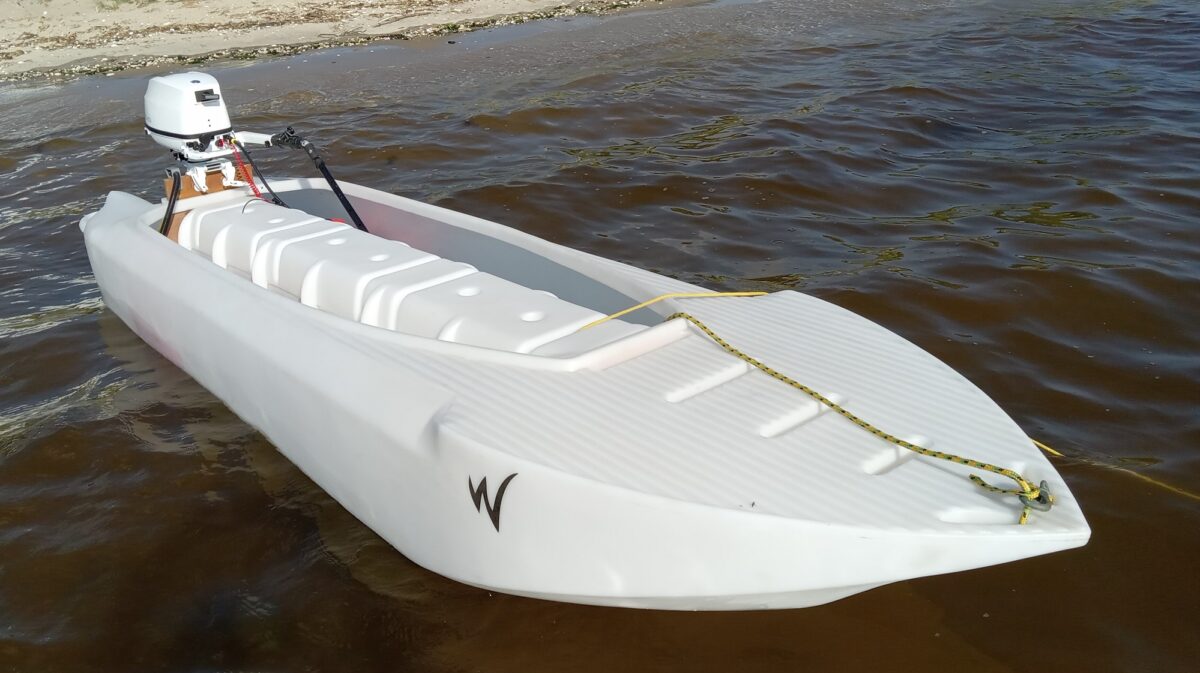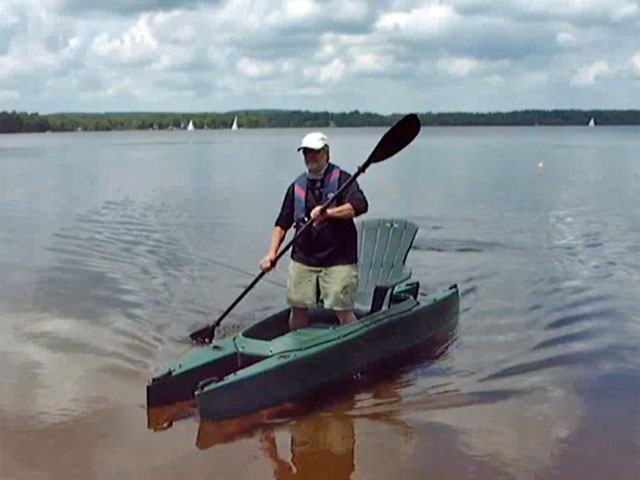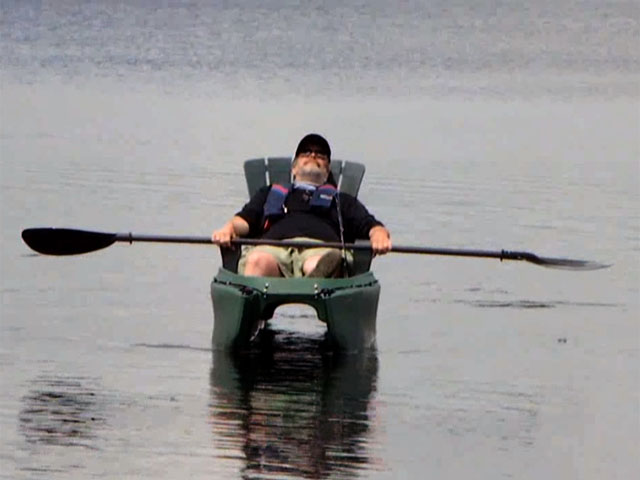Design isn’t just about aesthetics. It’s first and foremost about solving problems.
Yes, this is not a mistake – I wrote SOLVING problems, and not addressing problems, or ‘tackling’ problems, which are expressions that are commonly found in marketing hype for all kayak types, including fishing kayaks.
And that makes a fundamental difference, because when you tackle, or address a problem, it’s still there after you’re done – You may have created a design that emphasizes stability a little more, but its users will have to pay a price in reduced speed and worse tracking, and still not paddle a kayak that’s sufficiently stable…
But when you solve a problem, it’s gone: It’s no more a problem.
Similarly, you may ‘tackle’ the problem of kayak back pain (a.k.a. ‘Yak Back’), or ‘address’ this problem by various means ranging from stuffing more foam in the kayak’s seat, or gel, or replacing the stuffed seat by a beach seat, or stadium seat adapted to kayaks, and yet, the problem of poor ergonomics will still be there, and this is bound to make the kayaker’s life miserable.
These examples illustrate the issue called the ‘envelope’ of a boat concept. In this case, it’s the broad boat concept called ‘mono-hull kayak’, or ‘single hull kayak’, and the families of solutions found within its envelope are generally described as Sit-In Kayak (SIK), Sit-On-Top Kayak, and Hybrid Kayak.
Being an extreme concept by nature (small size, narrow beam for paddling, light weight for carrying, etc.) this concept is most restrictive, which is why the serious problems it presents can be addressed and tackled, but no solved.
Does it mean such major cannot be solved? Not necessarily, but in order to solve them, the designer has to work within another paradigm, or boat concept, and explore a range of solutions available within its envelope. In the case of kayaks, such alternative concept exists, and it is known as W Kayak.
If you’re interested to know more more about how the major problems of fishing kayaks got solved, and not just addressed, or tackled, learn about W Fishing Kayaks >>





